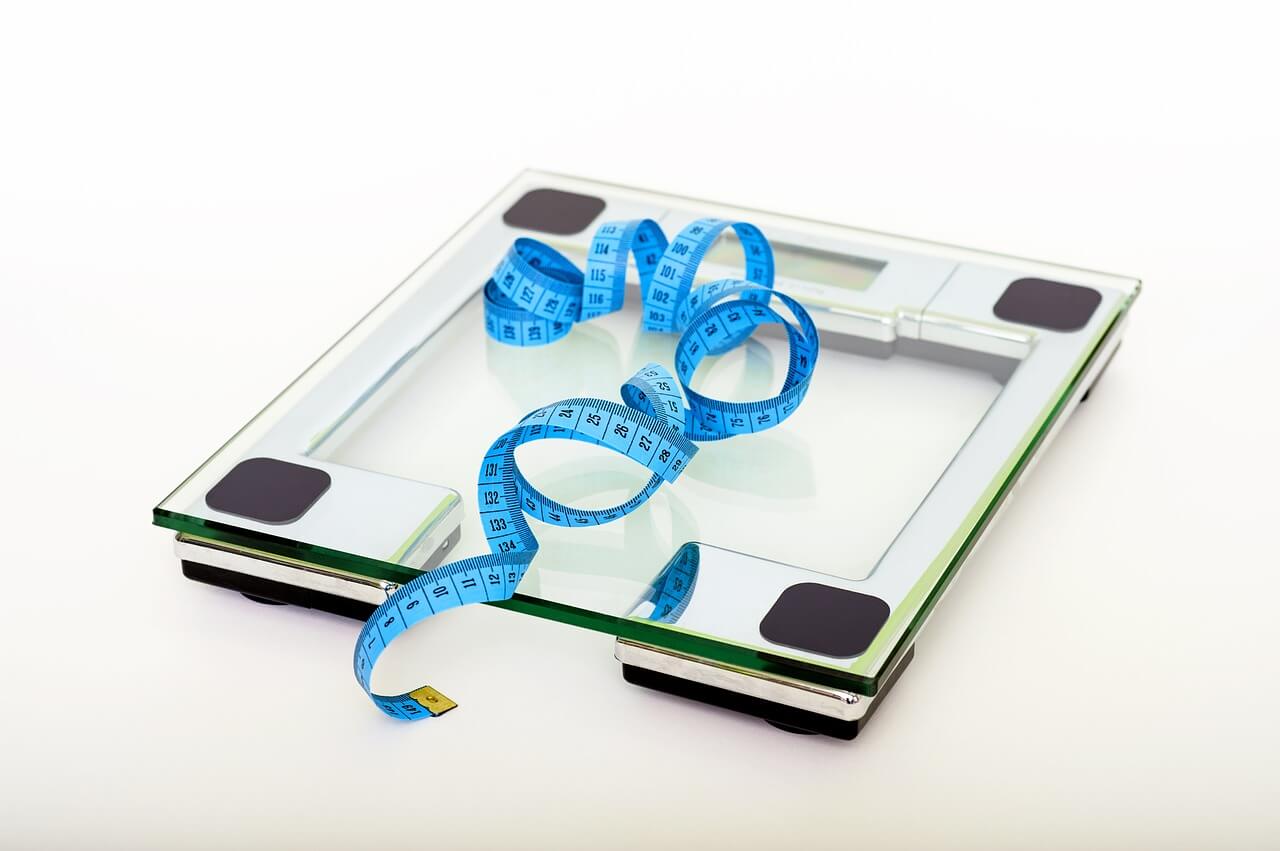
By: cintex@lab
How to reduce uncertainty in measurement calibration
How to Reduce Uncertainty in Measurement Calibration
Introduction:
In the world of scientific research, engineering, and quality control, accurate measurement is crucial. Measurements are used to validate hypotheses, make informed decisions, and ensure product quality. However, every measurement has inherent uncertainty, which can affect the reliability of results. Calibration plays a pivotal role in reducing measurement uncertainty, ensuring accuracy, and instilling confidence in the data obtained. In this blog post, we will explore some effective strategies to reduce uncertainty in measurement calibration.
Understand the Measurement Process:
To effectively reduce uncertainty, it is essential to have a comprehensive understanding of the measurement process. This includes identifying the variables involved, understanding the equipment being used, and determining the sources of potential errors. A thorough understanding of the measurement process allows for better identification and mitigation of uncertainty factors.
Select the Right Calibration Standards:
Using appropriate calibration standards is crucial in reducing uncertainty. Calibration standards should closely match the properties and range of the measurements being made. Using standards with a high level of accuracy, traceability, and stability ensures reliable calibration results. It is also important to regularly verify the accuracy and validity of the calibration standards through interlaboratory comparisons or traceability to recognized standards.
Implement Good Measurement Practices:
To reduce uncertainty, it is important to adhere to good measurement practices. This includes following standardized procedures, using appropriate measurement techniques, and maintaining the equipment in optimal condition. Regularly calibrating and maintaining measurement instruments, as per manufacturer guidelines, is essential to ensure accuracy and minimize measurement uncertainties.
Analyze and Control Environmental Factors:
Environmental conditions can significantly impact measurement accuracy. Temperature, humidity, vibrations, and electromagnetic interference are examples of environmental factors that can introduce uncertainty. Careful analysis and control of these factors are necessary to minimize their influence on measurement results. This may involve conducting measurements in controlled environments, using shielding techniques, and monitoring and documenting environmental conditions during calibration.
Perform Multiple Calibrations:
To increase confidence in calibration results and reduce uncertainty, it is beneficial to perform multiple calibration runs. Repeated measurements help to identify and quantify systematic errors and random variations. Statistical analysis of the calibration data, such as calculating the mean, standard deviation, and repeatability, provides valuable insights into the measurement process and helps reduce uncertainty.
Estimate and Evaluate Uncertainty:
Estimating and evaluating uncertainty is a crucial step in measurement calibration. Uncertainty quantification involves identifying and evaluating all the factors that contribute to the overall measurement uncertainty. This may include uncertainties associated with equipment, calibration standards, environmental conditions, and human factors. By carefully estimating and evaluating uncertainties, it is possible to identify areas where improvements can be made and implement corrective actions accordingly.
Document and Review Calibration Processes:
Accurate documentation of calibration procedures, measurement results, and uncertainty estimates is essential for maintaining a reliable calibration system. Documented records facilitate traceability, enable the identification of potential issues, and provide a basis for future comparisons and audits. Regularly reviewing and updating calibration processes based on new information, technological advancements, and lessons learned can further enhance accuracy and reduce uncertainty.
Conclusion:
Reducing uncertainty in measurement calibration is crucial for obtaining accurate and reliable results. By understanding the measurement process, selecting appropriate calibration standards, implementing good measurement practices, and controlling environmental factors.